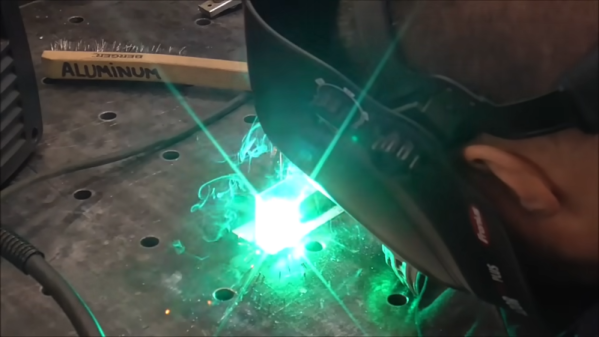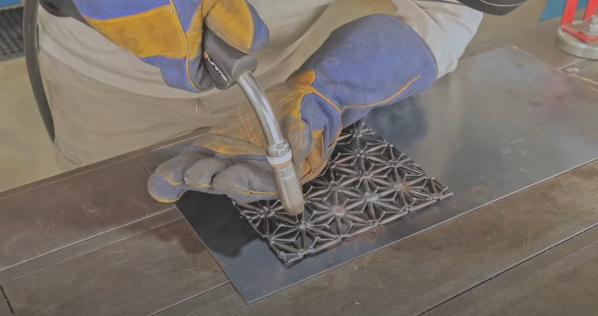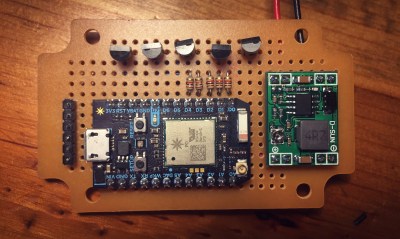Steve Martin had a bit that was like a fake infomercial where he says, “You can be a millionaire and never pay taxes!” The instructions were, “First, get a million dollars. Then,…” [Brandon’s] instructions for how to convert your MIG welder to do aluminum for under $25 is not quite like that, but you do need the right kind of MIG welder to make it work. In particular, you need an actual MIG welder that has a provision to connect external gas. The instructions show a Hobart Handler 140 that meets the criteria and has sufficient power to handle aluminum.
The main task is to replace the liner for the torch. The stock liner is steel which is fine for its intended purpose, but it is too rough for aluminum wire. A PTFE liner is inexpensive and will work fine with the aluminum wire. If you want to do normal welding later, you’ll need to put the original liner back in.















